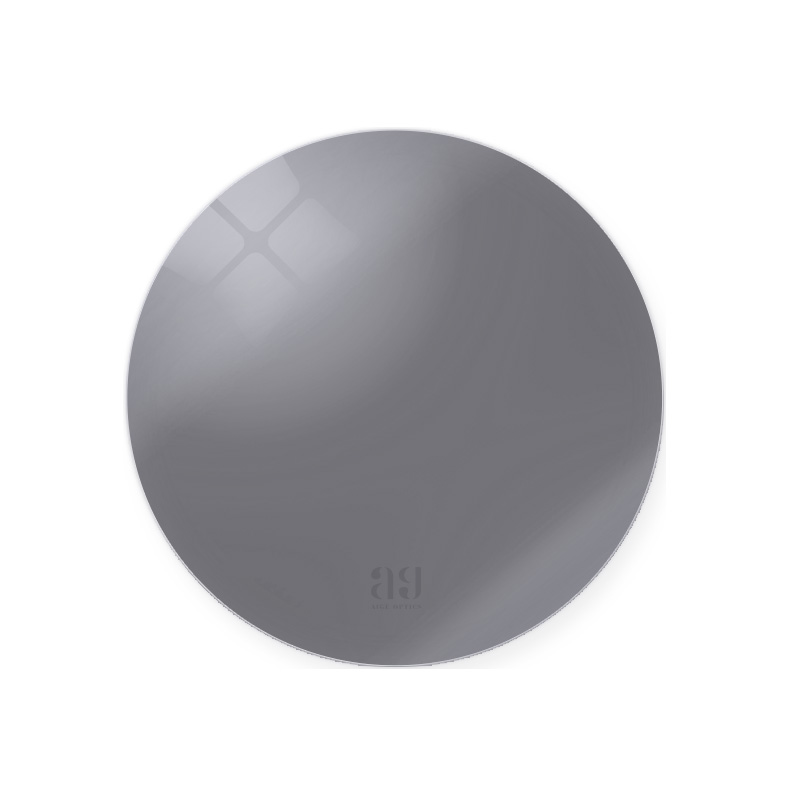Advantages and disadvantages of optical glass lenses and optical resin lenses
Many friends who wear glasses will encounter the problem of choice. After optometry, some optometrists recommend wearing glass lenses, and some recommend wearing resin lenses. How should consumers choose? Now let Eseei online opticians compare the advantages and disadvantages of the two types of optical lenses for you, so that you can easily make your own choice and no longer worry about which lens to match.
Advantages and disadvantages of optical glass lenses
Advantages: low dispersion coefficient under high refractive index, good hardness, easy to dye, good light transmittance, relatively thin lens distribution, anti-ultraviolet, suitable for full-frame glasses, the refractive index of glass lens is 1.7-1.89.
Disadvantages: The lenses are heavy, fragile, and have poor impact resistance. They are not suitable for children and teenagers to wear, and have low safety. They are not suitable for half-rim or rimless glasses frames.

Advantages and disadvantages of optical resin lenses
Advantages: Light weight. Equivalent to one-half to one-third of the weight of the glass lens. Not easy to break: If the lens is broken, not only the fragments are few, but also less sharp, which can minimize the injury to the eyeball and face. Can be dyed: resin lenses are easy to dye, and can be appropriately matched with clothing and fashion. Can block ultraviolet rays: almost completely block ultraviolet rays below 350mm, the effect is far better than that of glass lenses. Strong anti-fogging property: Because the thermal conductivity of resin lens is lower than that of glass, it is not easy to cause blurring due to steam and hot water. Even if blurring occurs, it will disappear quickly. Dent-proof: Generally, high-heat and small-volume substances are likely to cause dents and spots on the glass sheet, but if it touches the resin lens, it will bounce off automatically without causing any traces on the surface of the lens. The surface reflection of the resin lens is lower than that of ordinary glass, and it is less dazzling. The resin bifocal lens has no chromatic aberration, because the resin bifocal lens is a whole-piece structure, so there is less chromatic aberration than the fused glass bifocal lens. The light transmittance of resin lenses is as high as 92%, which is more than 2% higher than that of ordinary glass sheets. Plexiglas are resistant to a wide range of chemicals and solvents, and almost all household solvents and chemicals will not affect or damage it.
Disadvantages: easy to scratch: The scratch resistance of resin lenses is worse than that of glass lenses, but it can be improved by surface hardening treatment, but the effect is limited. Thicker than glass lenses: It is human nature to love beauty, too thick lenses are very unsightly, and those with deep myopia are even more afraid of the road. Although there has been a great improvement recently, it is still much thicker than glass lenses. It is easy to deform when framing: This is because the density of plastic lenses is lower than that of glass lenses. High temperature resistance: Although the resin is a thermosetting material, once a multilayer film is plated, the surface of the multilayer film may crack due to high temperature.
The above is a comparison of the advantages and disadvantages of resin lenses and glass lenses. Obviously, in general, optical resin lenses still have more advantages than disadvantages. The editor recommends choosing resin lenses. With the development of technology, the hardness, dispersion, The function is also continuously improved. I believe that the resin lenses prepared now are completely broken glass lenses.
